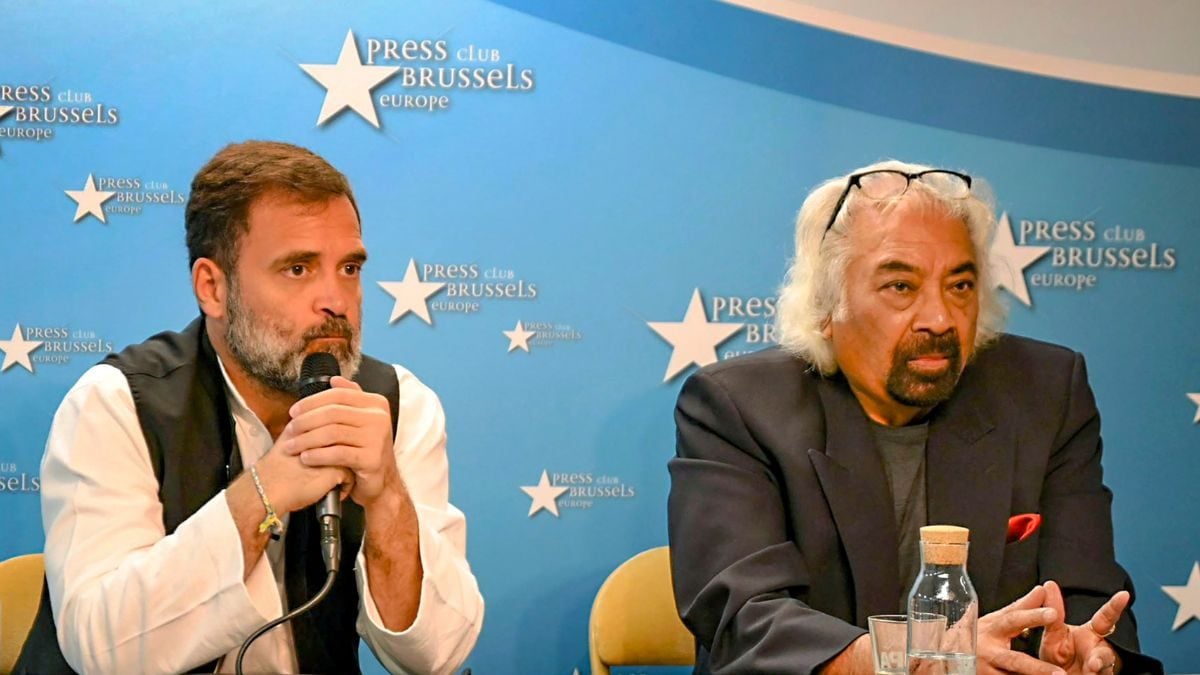Some of the world’s most storied soccer nations recently finished competing in Copa America, putting the beautiful game on center stage in the U.S. This tournament marked the beginning of a “mega-decade” with our country playing host to some of the biggest global moments in soccer, including the FIFA Men’s World Cup in 2026, Summer Olympics in 2028 and (possibly) the FIFA Women’s World Cup in 2031.
Countries fiercely compete for the privilege to host any one of these global sporting events. I know firsthand, having participated in two thrilling and contentious World Cup bids in the past 15 years.
Beyond prestige and at a time of geopolitical conflict and tension, global sporting events are a rare opportunity to set aside differences and rejoice in the human spirit that binds us together across races, borders, and ideologies. They are also massive business opportunities with billions of dollars at stake.
What is the ROI?
While hosting FIFA World Cup matches is undoubtedly cause for celebration, the 11 U.S. cities that will welcome crowds to the ’26 tournament must each raise tens of millions of dollars for that privilege. Private investment from corporations and individuals will cover many costs, but public funding and other resources will also be required.
As the world tuned into the Olympics in Paris, debate is raging about whether the cost, inconveniences, and security concerns of hosting the Games was worth it. That same debate is starting here, as public officials in South Florida are already questioning the ROI of hosting the World Cup matches in Miami-Dade County.
When the FIFA Men’s World Cup came to the U.S. in 1994—the first and only other time this country hosted the event—the proceeds were invested in starting the U.S. Soccer Foundation to ensure that communities would benefit long after the tournament. This has enabled the U.S. Soccer Foundation to engage millions of youth in soccer programs that foster their well-being on and off the pitch, and to install more than 700 mini-pitches to bring soccer to underserved communities in the last 15 years.
As we prepare for the 2026 World Cup, we have a similar opportunity to define its success not just by the revenue earned, but also by community impact.
An opportunity to improve lives
It couldn’t come at a better time. Our nation is deeply divided, and our youth are facing unprecedented challenges. According to the Centers for Disease Control and Prevention, 44% of American teens are persistently sad or hopeless, and about 5.8 million children aged 3-17 had diagnosed anxiety in 2016-2019. Couple this with 75% of youth not getting the recommended 60 minutes of physical activity per day; our youth are headed directly toward worsening physical and mental health.
Team sports, specifically soccer, are an antidote to this crisis and will help us avoid raising a generation of unhappy, unhealthy young people.
Soccer provides a vehicle to connect youth with trained coach-mentors who leverage the playing experience to help young people develop critical life skills like teamwork and steer kids away from negative social behaviors. After the pandemic, when restrictions on sports were lifted, half of parents said their child’s mental health improved according to Aspen Institute’s Project Play. Yet Aspen’s Project Play also showed that access to youth sports is deeply fissured along socioeconomic lines, with 75% of children living in households that earn less than $25,000 not playing sports.
The solution is simple, and we already have a framework. As host committees, sponsors, and government officials plan for 2026, they must prioritize legacy investments that increase access to the game and support proven soccer programs in the communities where the need is greatest. They must ensure that a percentage of proceeds are directed toward these sports-based youth development programs that benefit the most vulnerable populations.
We’ve already seen some host committees step up to the plate—such as the New York/New Jersey Host Committee, which has committed to investing in positive outcomes for youth living in the region’s most underserved areas. They are ensuring that this moment will benefit millions in their area—not just those who get a ticket to watch a match at MetLife or even the economic boost that the area will see.
A call to action
America’s mega-decade of soccer will undoubtedly create millions of new fans and generate billions for the sport. As an avid soccer fan, the prospect of soccer becoming even more firmly embedded in our culture excites me. Imagine, however, if the legacy of the 2026 World Cup could be something even greater.
If we make the right investments, soccer’s mega-decade can help catalyze a generation of healthier children and stronger communities.
If the lives of residents in some of the nation’s most under-resourced ZIP codes are better, if our nation is healthier and more united—that is an enduring legacy truly worth celebrating.
It’s up to all of us to insist that this happens.
Ed Foster-Simeon is the president and CEO of the U.S. Soccer Foundation.
Apply to the Most Innovative Companies Awards and be recognized as an organization driving the world forward through innovation. Early-rate deadline: Friday, August 30.





